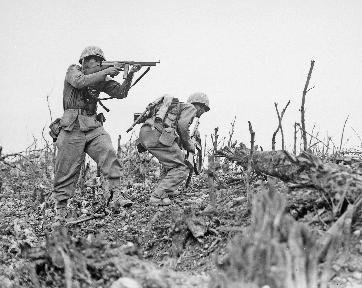Quiz Answer Key and Fun Facts
1. The real 'Great Escape' took place from which Prisoner of War (POW) camp?
2. When was Stalag Luft III completed and available to start housing prisoners of war?
3. By mid 1942, there were an estimated 170,000 British prisoners of war who needed to be housed and imprisoned in the multiple camps located throughout occupied Europe, but how many could be held could at Stalag Luft III?
4. Escaping POWs was a big issue for the Germans. In 1941, there were an alleged 15,000 escape attempts, which grew to an almost unbelievable 33,000 attempts in 1943. For this reason, the Germans made Stalag Luft III as 'escape proof' as possible especially for escape attempts involving the digging of tunnels.
Which was NOT one of the factors?
5. Despite all of these factors which would make it difficult to escape the camp, who originally came up with the idea to organise a mass escape in March 1943?
6. While there had been other, mass escape attempts such as the mass breakout known as the 'La Grande Évasion' where 132 French escaped in 1943, how many men did Bushell propose to get out during his escape?
7. The tunnels were all given codewords, but which was the tunnel that was eventually used in the escape?
8. The digging of the tunnel(s) took nearly 12 months to complete - The prisoners had to wait until there was a moonless night to perform their escape, so on Friday 24 March the escape attempt began in earnest. How many managed to escape through tunnel 'Harry'?
9. Of the 76 men who escaped, how many managed to get a 'home run' and make it back?
10. How many of the escapees were returned back in to captivity?
Source: Author
JJMcGiver
This quiz was reviewed by FunTrivia editor
gtho4 before going online.
Any errors found in FunTrivia content are routinely corrected through our feedback system.
